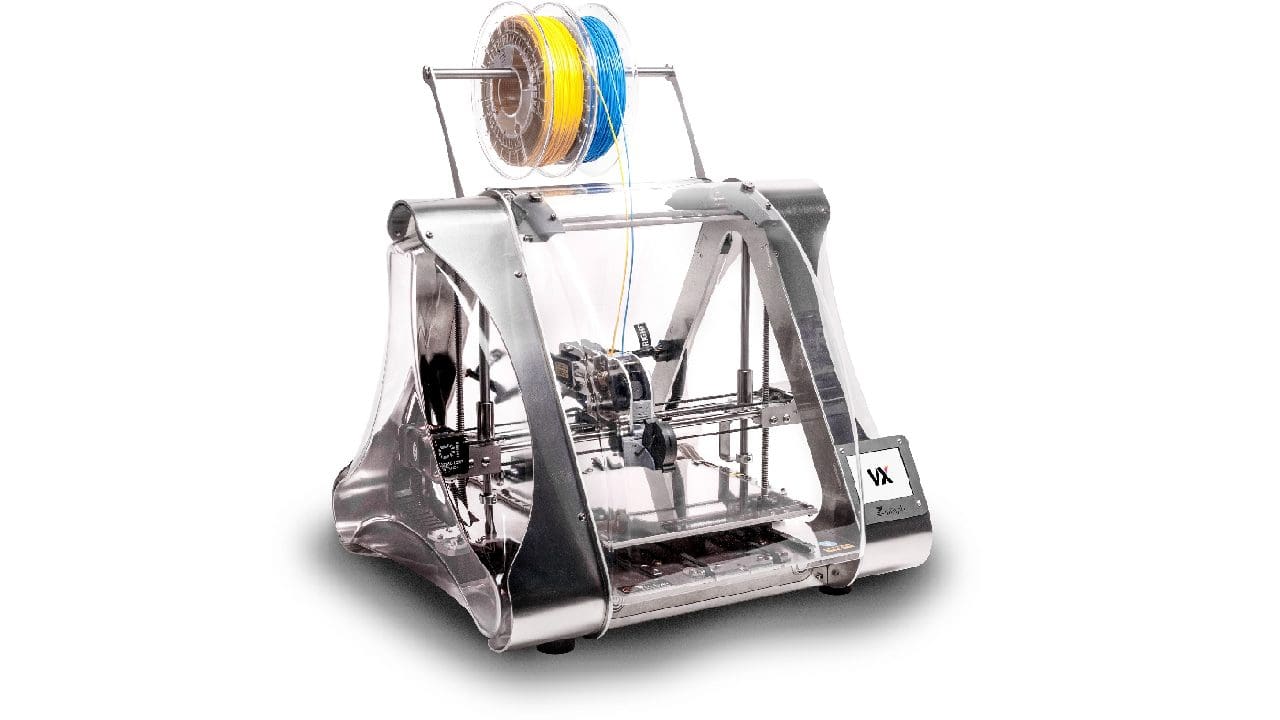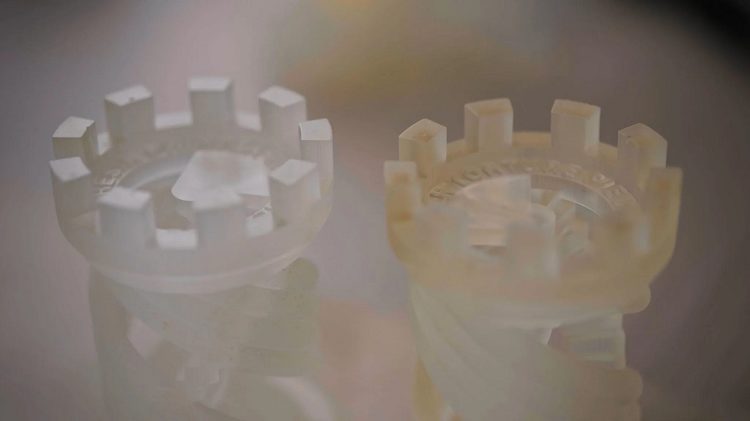SLA and MSLA resin printers both work by hardening a photosensitive resin with a UV light source.
The printer then adjusts the build plate and hardens the next layer.
This technique has several advantages over standard FDM 3D printing.

MSLA printers also harden an entire layer at once, which provides a significant speed improvement.
It also eliminates the time penalty of printing multiple parts at once.
PPE (Personal Protective Equipment) is important here.

As the uncured resin is pretty toxic, dont let the resin touch your skin.
Any exposure can cause contact dermatitis; repeated exposure can lead to an allergy.
To complete the curing process, you gotta expose it to more UV light.
This high-energy ultraviolet light breaks down the cured polymers leaving the print more brittle and with a sunburned look.
The heat from being in the sun can also cause the curing resin to warp.
To get an even cure, you should regularly turn the print.
Putting your prints in the sun to cure can leave them looking sunburned.
Image source:toms3d.org
The other alternative is to get a curing station.
These generally involve several UV lights and a turntable.
These only give off useful UV-A radiation and also automate the turning process.
Curing chambers also work a lot faster than leaving your print in the sun.
Curing is an important post-processing step for resin 3D printing.
Buying or making your own curing station can help achieve consistently good results.
How do you cure your resin prints?
Do you use all-natural solar lighting, a store-bought curing station, or have you made your own solution?
Let us know down below.